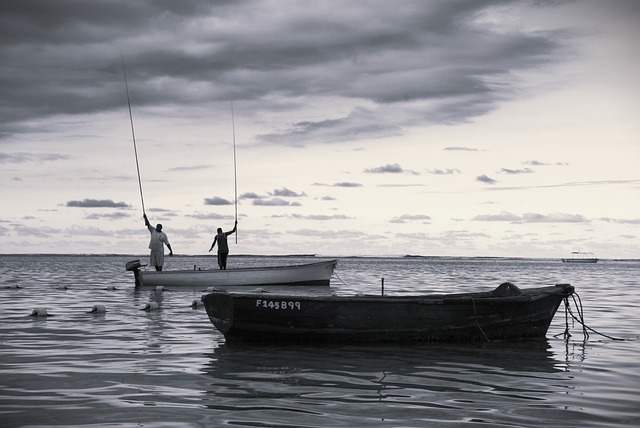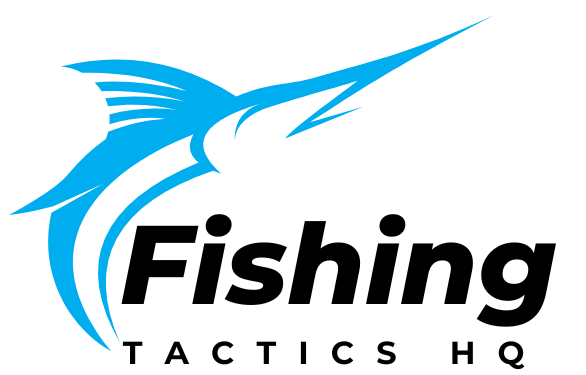Onaga fishing, commonly known as fishing for redtail snapper fish, is a wonderful and hard action that many fishermen enjoy. This coveted fish, found in the deep waters of Hawaii, is famous for its brilliant hue and delicate, tasty meat. In Hawaiian culture, the Onaga is a key part of traditional cuisines and is usually served on special occasions.
What makes Onaga fishing appealing is the challenge of getting this deep-water animal. Fishermen require specific equipment and must navigate the treacherous waters where these fish live. The thrill of the chase, combined with the satisfaction of landing such a prize fish, keeps anglers coming for more.
However, it is critical to find a balance between fishing for fun and environmentally responsible techniques. Along with other popular fish in Hawaii, such as Opakapaka, conservation efforts have started to ensure the species’ future. Anglers can make sure that the ocean’s resources stay accessible for future generations by following to fishing limits and utilizing moral methods.
Finally, Onaga fishing combines the fun of a hard hunt with the reward of a rare and delectable catch, all while supporting Hawaii’s sustainable fishing techniques.
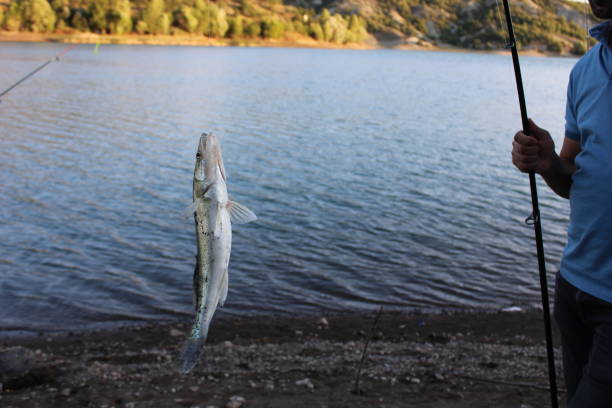
Onaga: The Ultimate Prize for Anglers
Onaga fishing offers the greatest prize for fishermen, specifically those who enjoy the rush of deep-bottom fishing. The Onaga fishing, commonly known as the long-tail red photographer, is a highly coveted fish in Hawaii. Its brilliant red color, sleek fashion, and unique features set it apart from the various Hawaiian fish names and pictures.
What unites Onaga fish is its outstanding gastronomic attraction. Its sweet taste and soft texture make it a favorite in both traditional Hawaiian food and high-end restaurants. Whether grilled, steamed, or eaten raw as sushi, the Onaga fish has a refined flavor that makes it a popular choice with chefs and home cooks alike.
Onaga is especially important in Hawaiian culture, as it is frequently used in joy food and taken at important meetings. Being present at the dinner table represents wealth and good fortune, confirming its status as a wanted catch.
For anglers, fishing is a lot more than the challenge of bottom fishing in deep waters; it’s about collecting a fish that represents Hawaii’s rich culture and food styles, making each journey to the sea a potentially successful experience.
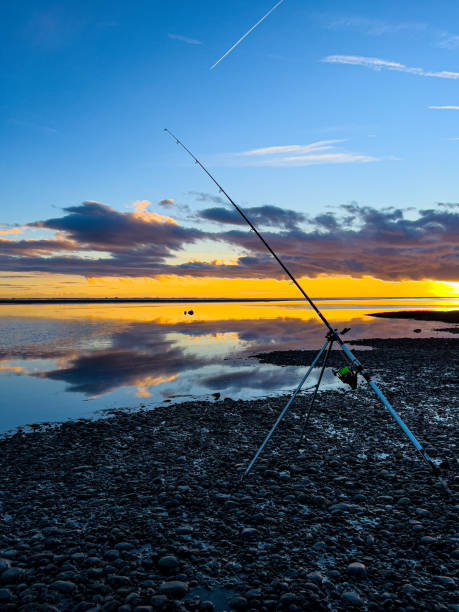
The Thrilling Challenge of Onaga Fishing
Onaga fishing is one of the most exciting and challenging experiences for deep-sea fishermen. Catching this helpful fish with a long tail, recognized as the Onaga, involves mastering specialist methods and traversing Hawaii’s deep waters. Unlike lower species such as the Lehi fish, Onaga lives at amazing depths, making it a more difficult catch.
Fishing has major technical demands. To catch these rare species, anglers must use heavy-duty gear that can suffer deep-sea pressure, such as solid rods, reels, and true bait. The various conditions of Hawaii’s waters, from powerful currents to changing weather, make the pursuit even more difficult. It is not uncommon for anglers to spend hours in choppy waters, battling both the waters and the fish, before getting a single bite.
Many fishermen shared their personal experiences with Onaga fishing, including both the joy and challenges. The satisfaction of catching a fish with a long tail after hours of struggle is unmatched. The reward is more than simply the catch; it is the full experience of learning one of Hawaii’s most difficult fishing techniques. Anglers who have added Onaga to the list of Hawaiian fish names know they have accomplished something exceptional by combining talent, time, and energy.
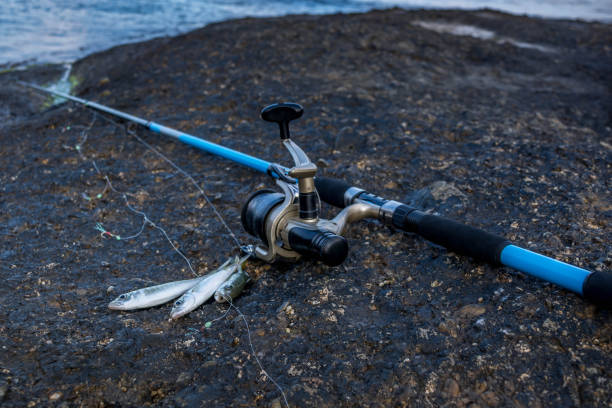
Rewarding Taste: The Culinary Appeal of Onaga
Onaga fishing offers not only the excitement of the catch but also the pleasure of an amazing gastronomic experience. Onaga stands out from different kinds, such as the Ehu fish, because of its delicate taste and specific, flake texture. Known as the “king of photographers,” it is frequently likened to red snapper in Japanese cuisine, where its subtle sweetness and rich flavor make it a popular choice for sushi.
Onaga is frequently prepared in Hawaiian food by boiling, cooking, or baking, enabling its natural flavor to come through. It’s a popular dish at festivities and is frequently served in fine dining establishments, where its superior flavor makes it highly sought after. Whether cooked in a traditional Hawaiian manner or modern gourmet meals, Onaga’s value in local markets reflects its status as a coveted catch, valued for both flavor and cultural significance.
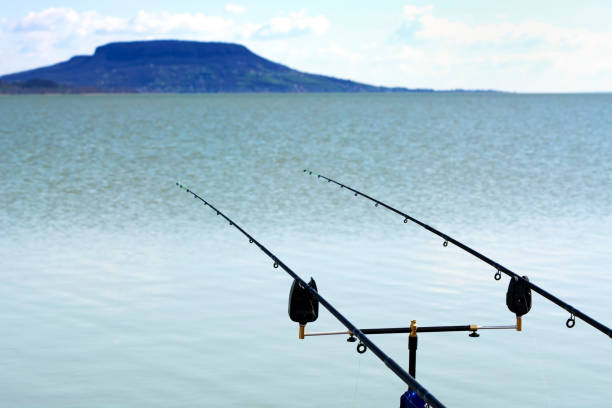
Sustainable Approach to Onaga Fishing
Sustainable Onaga fishing is critical for ensuring the survival of this valuable species in Hawaii. Overfishing affects Onaga, just as it does another red snapper in the Pacific Ocean. To protect its inhabitants, responsible behavior is needed. Hawaii’s rules, such as catch limits and seasonal limits, provide to maintain marine life balance. The regulations apply not just to Onaga, but also to the coral island pink snapper and other fish with traditional Hawaiian names.
Anglers play an important role in conservation efforts. They can preserve the health of Onaga populations by following standards, utilizing sustainable fishing gear, and staying within size limits. Joining in catch-and-release programs also helps with this endeavor. Sustainable Onaga fishing not only helps save the species but also assures that future generations may experience the excitement of catching these famous fish in Hawaii’s bright waters.
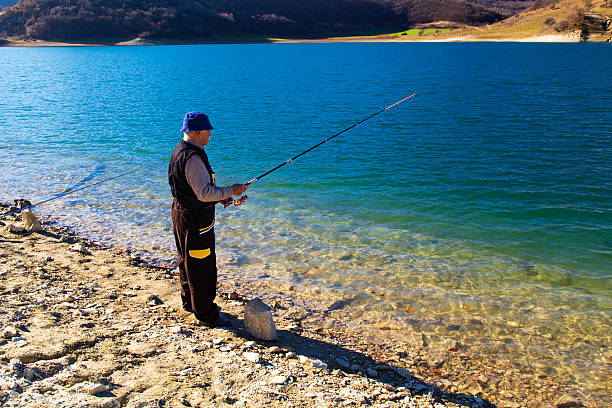
Balancing the Thrill and Sustainability
Balancing the joy of Onaga fishing with conservation is essential for saving Hawaii’s diverse marine ecosystem. Anglers can enjoy the thrill of pursuing fishes of Hawaii species such as Onaga and coral island pink snapper while staying cognizant of their environmental impact.
The idea is to use best practices such as catch-and-release methods and fishing limitations to maintain these prized species populations healthy.
Using current technology, such as depth finders and eco-friendly gear, can improve the fishing experience while protecting the environment. Anglers help to ensure the survival of fish Hawaiian names, such as Onaga, by catching only mature fish and releasing younger ones. Furthermore, being informed of fishing regulations and seasonal restrictions helps in the conservation of marine life.
This mindful approach allows fishermen to enjoy the excitement of the catch while also protecting Hawaii’s unique and beautiful ocean ecology for future generations.

The Future of Onaga Fishing
The continued success of Onaga fishing depends heavily on the joint efforts of conservation organizations and the fishing community. Protecting this respected Hawaiian snapper is essential for maintaining its population and cultural value. With companies urging sustainable methods and educating fishers about responsible fishing, Onaga’s long-term future looks more likely.
Innovative sustainable fishing practices, such as advanced gear that reduces captures and GPS tracking to monitor fish populations, are helping to ensure Onaga fishing thrives without diminishing resources. The symbolism of Onaga meaning beyond the catch itself; it is deeply rooted in Hawaiian culture and the local economy, playing a role in traditional celebrations and exceptional dishes.
Looking ahead, Onaga will continue to be an important part of Hawaii’s fishing industry as well as its culture. By supporting conservation steps, this valued fish, along with other species having traditional names of Hawaiian fish, will be allowed to thrive in Hawaiian waters.
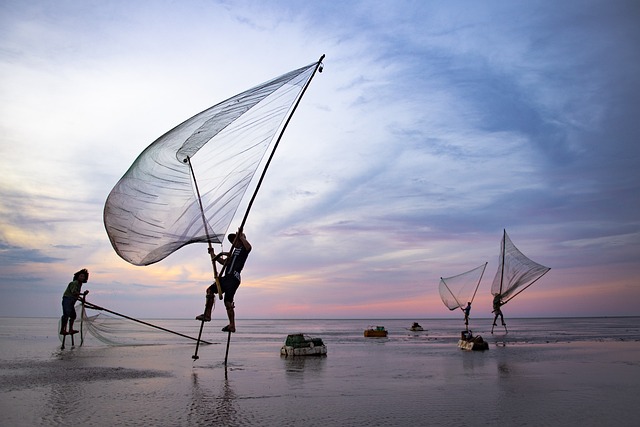
Conclusion
Onaga fishing is an amazing experience that combines the thrill of deep-sea fishing with the joy of eating the delicate, tasty meat. Whether you’re looking for Hawaii snapper fish like Onaga, Kalekale fish, or the pink snapper coral island, each catch is both thrilling and an eating treat. These fish are very common in Hawaiian cuisine due to their distinct texture and taste.
However, it is essential to maintain an environmentally friendly approach to Onaga fishing so that future generations can enjoy this satisfying activity. Anglers may help protect these animals, including the Pakapaka fish, as well as the unique sea habitat, by following fishing regulations and practicing conservation.
Finally, anglers have to find a balance between the enjoyment of fishing and environmental management. Sustainable practices will make sure that Onaga fishing and other Hawaiian species continue to play an important role in Hawaiian culture and the marine environment.
